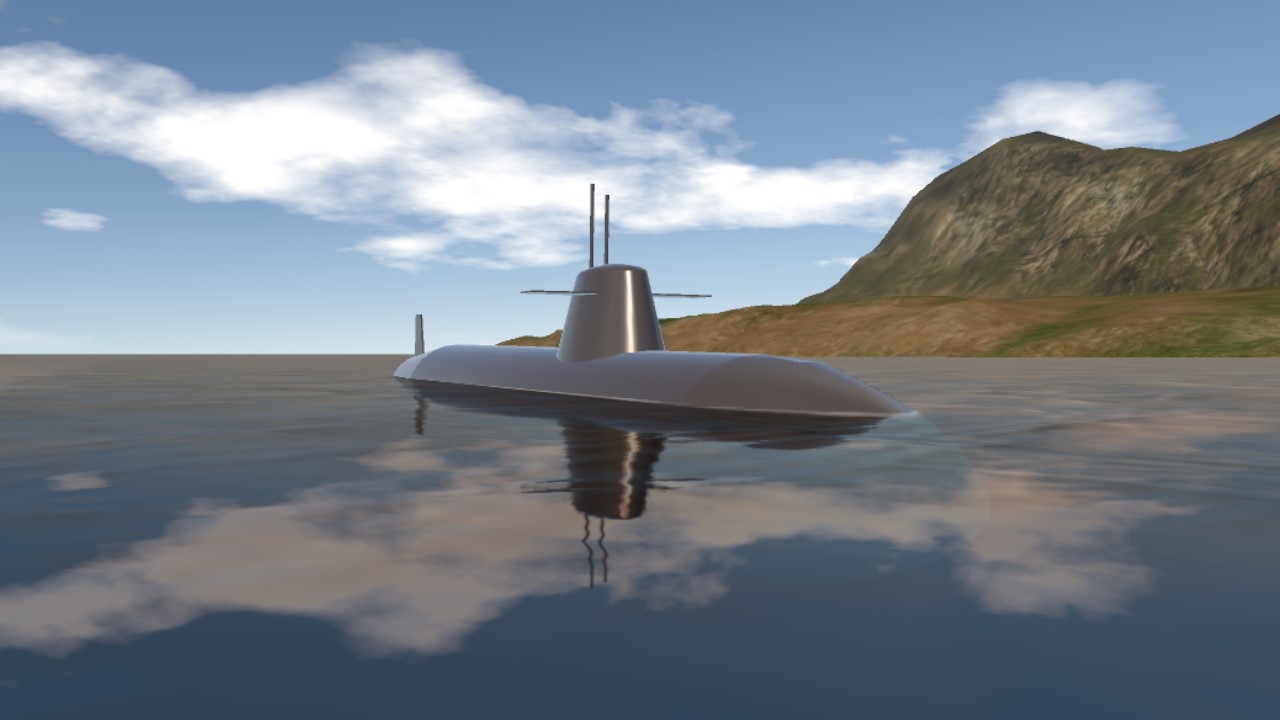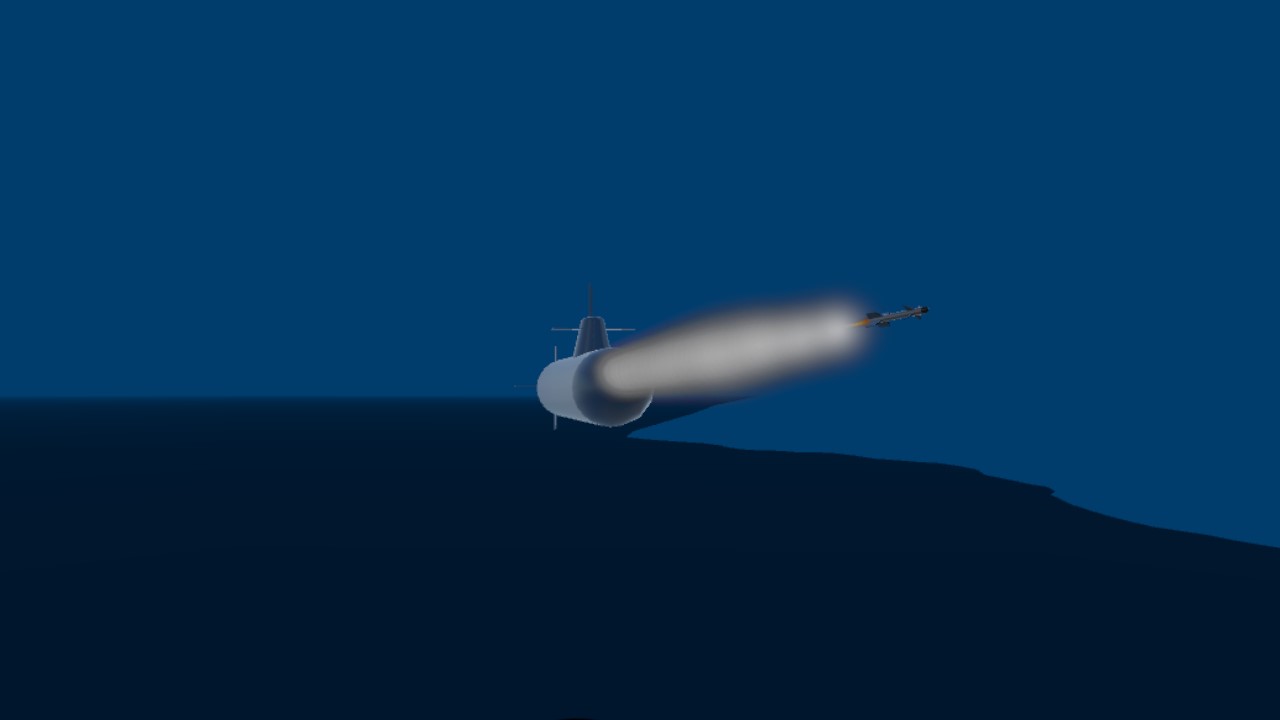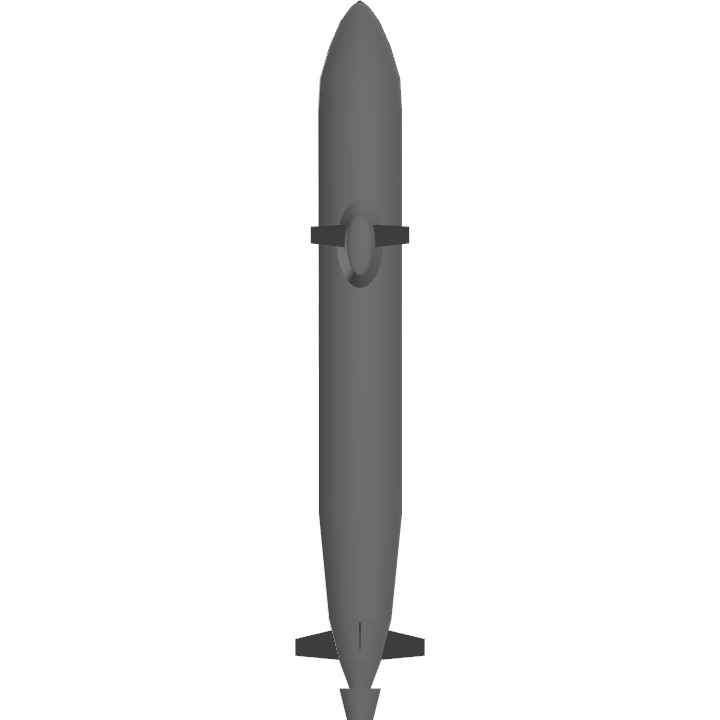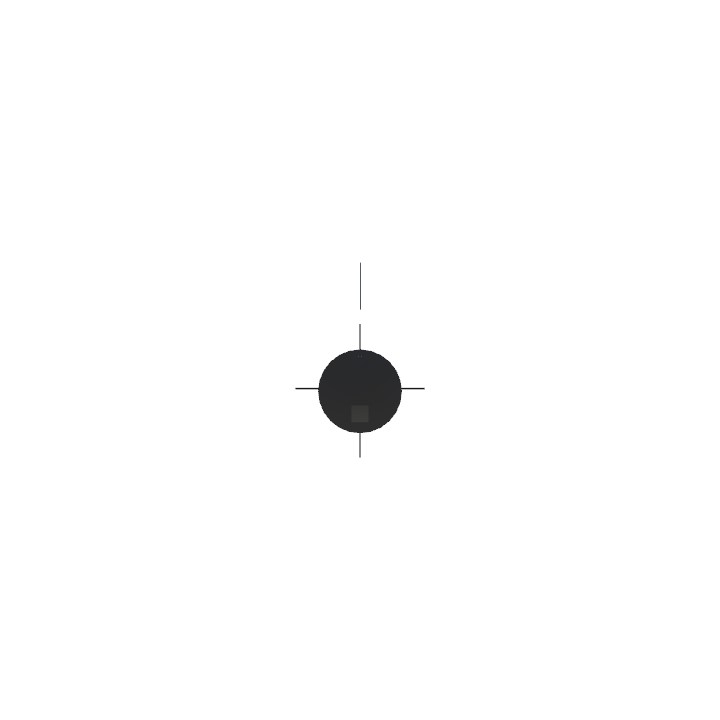Commonly known as the Sen-taka (lit. High Speed)-type submarine and sometimes as the Type-64 submarine, from it's year of introduction, the I-700-class submarines entered service in 1964 within the Japanese Imperial Naval Arm, replacing the older I-201 class submarines that had served the JINA's predeccsor, the Imperial Japanese Navy, extremely well throughout the Second World War. Coupling execllent speed and range together and coupling them with a powerful weapons suite, they were one of the fastest and most powerful diesel-electric submarines ever made and were often second only to nuclear-powered submarines themselves. A total of 152 ships have been ordered to be delivered over the course of 14 years to be operated within the Japanese Imperial Naval Arm, and more are planned for export. Intrestingly enough, the I-700-class does not use an inline diesel engine like most other navies do, but instead opting for two Nakajima Yuki 14-cylinder twin-row water-cooled radial diesel engines, each engine twin sequentially-turbocharged for a combined output of 5,400hp. While quite an intresting design, it is without precedent, as the I-201-class also used two Nakajima Sakae 1,150hp engines on each vessel. In fact, Japan is the only nation, to date, that uses radial engines to power it's submarines instead of inline or V-engines, citing compactness and ease of maintainence.
Similarly to the I-201-class, the I-700-class does not have a name, but rather, each ship has a single pennant number (e.g. I-700, I-701), following the naming convention set within the Imperial Japanese Navy.
After the outbreak of the Adretian Civil War, the order has been increased for a total of 800 submarines, all of them to be constructed over the next ten years.
The Navy of the Republic of Vietnam currently operates 15 Type-64 submarines under the classification of the HQ-40-class. Swann also operates 10 submarines under the class name of Quatroville.
The Kaiserliche Marine currently operates 32 vessels.
Class overview
Manufacturer: Enoshima Fleet Yards, Kure Naval Arsenal, Maizuru Fleet Yards, Nagasaki Naval Yards
Operators: Japanese Imperial Naval Arm, Navy of the Republic of Vietnam, Swann Maritime Defense Force, Kaiserliche Marine
Preceded by: I-201-class
Succeeded by: Type-1B diesel-electric submarine (planned)
Subclasses: HQ-40-class, Quatroville-class
Built: 1963-present
In commision: 1964-present
Ordered: 152 (800 as of 1974)
Completed: 800
Commissioned: 800
General characteristics
Type: Diesel-electric attack submarine
Displacement: ~2700 tons surfaced, 4200 tons suberged
Length: 85.8m (281.4ft)
Beam: 15.3m (50.3ft)
Installed power: 2x Nakajima Yuki 14-cylinder twin-row water-cooled radial diesel engines (5400hp, 4026 kW)
Propulsion: Diesel-electric, 1 water jet
Top speed: 30 knots (56 km/h; 35 mph)
Range: 8,000 nmi (15,000 km; 9,200 mi) at 16 knots*
Sensors, processing systems, and electronic equipment
Type 60 air/surface search radar (4 arrays)
Type 57 sonar array (4 emitters, 4 recievers)
Type 57 towed sonar emitters (4 emitters)
Type 64 Eihei intergrated combat system (lit. Sentry)
Electronic warfare & decoys
Type 57 sonar countermeasure launchers (2 launchers)
Type 58 sonar interference emitters (4 emitters)
Type 57 electronic warfare system (4 emitters)
Type 62 towed torpedo countermeasures (4 modules)
Armament
6x Type 64 61cm torpedo tube (24 reloads)
Type 59 homing oxygen torpedo (obsolete)
Type 70 homing oxygen torpedo
Type 57 anti-ship missile
Controls
Throttle + Yaw: Piloting the ship
AG1: nothing, she's a sub, where chopper
*the following presumes that the ship travels in a straight line, surfacing only to recharge her batteries, before diving straight down again to a depth of 150m
Specifications
Spotlights
- SomeSPGuyWhoLikesLore 1.5 years ago
General Characteristics
- Created On Windows
- Wingspan 50.3ft (15.3m)
- Length 281.4ft (85.8m)
- Height 76.2ft (23.2m)
- Empty Weight 18,548lbs (8,413kg)
- Loaded Weight 67,222lbs (30,491kg)
Performance
- Horse Power/Weight Ratio 0.014
- Wing Loading 25.3lbs/ft2 (123.7kg/m2)
- Wing Area 2,653.3ft2 (246.5m2)
- Drag Points 3187
Parts
- Number of Parts 163
- Control Surfaces 2
- Performance Cost 999







oh here too @BaconAircraft
post in question
sorry for having to bother you for like three posts straight, didn't even notice it untill now
JMSDF 1st generation Main Battle Submarine